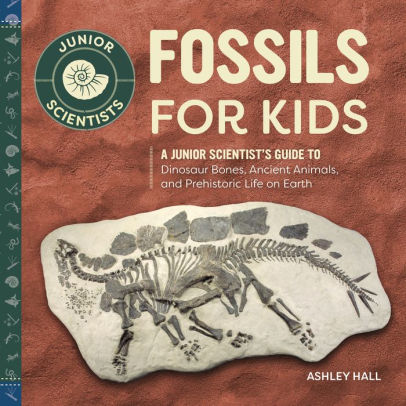I saw an article today on the unfortunate stranding of a 4.4 meter (15-foot) basking shark on the Yorkshire coast. Locals and officials made a major effort to get it off the beach and back in the ocean, but it seemed to be disoriented or ill, and it could not be persuaded to return to the sea.
Basking sharks are wholly inoffensive creatures, but they can be a pain to cryptozoolohgists. A basking shark that washes up on share, partly decayed, doesn;t look much like a basking shark. Indeed, it doesn't look like a shark at all: it looks like a long-necked "monster."
A word of background. This filter-feeder reaches at least 13m (40 feet) in length, making it the second-larget shark and second-largest fish in the world. A BBC article and some other sources give the record at 13.72 m (clearly a trnaslation from the estimate of 45 feet. British biologist Michael Bright, in a book called There Are Giants in the Sea, reported claims of 17 m and more. There have been fisheries hunting it for meat and oil, but the modern threat - a terrible one - is the demand for shark fins for use in soup. A huge basking shark dorsal fin can fetch as high as $50,000
U.S. (depending on the source you consult) and there's no guarantee the basking
shark and its even larger cousin, the whale shark, will survive this brutal
poaching.
The nose of the basking shark, fated to become a "sea monster head." (Image NOAA)
Cetorhinus maximus is found worldwide and thus is apt to
turn up almost anywhere a "sea monster" might be suspected. When a
basking shark dies and drifts ashore (from natural causes or from
"finners," whe cut the fins off and drop the shark back in the water
to die), it decomposes in a most peculiar fashion. The lower jaw and the gill
section drop off, the lower lobe of the tail disappears, and what you have when
such a partially decayed carcass reaches shore is something that looks very
much like a creature with a small head on a long neck. As the skin erodes, it
can even look “furry.”
These imitation plesiosaurs have caused commotion in cases
like the "Stronsay beast" of 1808, long thought a sea monster of some
sort and apparently a huge basking shark: the carcass was claiemd to be as long
as 55 feet. Such a carcass appeared in Massachusetts in 1970 and was actually
served in a local restaurant as sea monster stew. Health codes seem to have
been a little looser in those days.
The basking shark was the apparent culprit in the Japanese
fishing boat Zuiyo Maru's "catch" in 1977, which was reported around
the world as a plesiosaur and at first glance it rather looked like one. Some
photos and tissue samples confirmed the identification, although a few
cryptozoologists still wonder whether the experts got it right.
I can never resist a chance to include the only poem I know
of on stranded “sea serpents.” It
appeared in the Manchester Guardian Weekly in 1942. The writer is known only as “Lucio.” The
newspaper advised me there were no copyright problems with reprinting it, so
here we go.
FAR TOO FISHY
Yet again the doubting Thomas
Takes our precious monster from us
And proceeds once more to bomb us
With disclosures stern and stark,
Lo! our portent meteoric
Doped with dismal paregoric
Sinks from monster prehistoric
To a common Basking Shark.
When we thought we had before us
An undoubted something-saurus
From the days when all was porous
In the world's well-watered dish
These confounded men of science
Setting fancy at defiance
Go and put their cold reliance
On an unembellished fish.
But the monster fan, unbeaten
Calls for something more to sweeten
Yarns so moldy and moth-eaten
And he takes a stouter stand
For some long-delayed survival
From days distant and archival
When the lizards had no rival
In their lordship of the land.
We need something more terrific
Than these learned lads specific
I defy their scientific
And uncompromising quiz
Their pretensions need unmasking
Here's a question for the asking-
How could any shark go basking
With the weather what it is?






